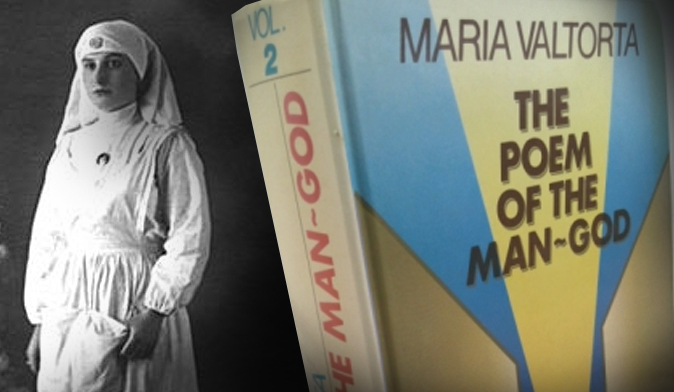How about it, Catholic Mariology

en.wikipedia.org
Co-Redemptrix (also spelled
Coredemptrix;
Co-Redemptress is an equivalent term) is a
title used by some Catholics for the
Blessed Virgin Mary, and refers to Mary's role in the
redemption of all peoples.
[1]
According to those who use the term,
Co-Redemptrix refers to a subordinate but essential participation by the Blessed Virgin Mary in redemption, notably that she gave free consent to give life to the Redeemer, which meant sharing his life, suffering, and death, which were redemptive for the world. Related to this belief is the concept of Mary as
Mediatrix, which is a separate concept but regularly included by Catholics who use the title
Co-Redemptrix. Some, in particular the adherents of the
Amsterdam visions, have petitioned for a dogmatic definition, along with
Mediatrix.
[2]
The concept was especially common in the late
Middle Ages, when it was promoted heavily among the
Franciscans, and often resisted by the
Dominicans. By the early 16th century the hopes of the concept becoming Catholic doctrine had receded, and have never seriously revived. In more recent times, the title has received some support from the Catholic
Magisterium[3] though it is not included in the concluding chapter of the
apostolic constitution Lumen gentium of the
Second Vatican Council, which chapter many theologians hold to be a comprehensive summary of
Catholic Mariology.
When still just a cardinal,
Pope Benedict XVI said that the Marian title caused confusion and did not sufficiently reflect scripture.
[4] Pope Francis has repeatedly said the title should not be used.
[4]
Doctrine and context
[
edit]
The concept of Mary offering Christ's sufferings is theologically complex. Christ offered himself alone; “the
Passion of Christ did not need any assistance.”
[5] It is according to the spirit of the
offertory or preparation of the gifts within the
Mass to prepare to offer oneself with Christ as a part of the Eucharistic Prayer, being members of his
mystical body, acknowledging that not even the greatest effort, of itself and apart from Christ, can be of any significance to God. A
priest participates in the Eucharistic Celebration as an icon of Christ.
Theologians distinguish between "remote cooperation", by which she consents to the Incarnation and gives birth to the Son of God, and "immediate cooperation", in which she willingly unites herself to her Son's Passion and offers him back to the Father.
[6] Philosophers also draw a distinction between merit
de condigno (Christ's merit), which is based on justice, and merit
proprie de congruo (Mary's merit), founded on the friendship of charity.
[7] In his encyclical on the
Immaculate Conception,
Ad diem illum,
Pope Pius X said, "...since Mary carries it over all in holiness and union with Jesus Christ, and has been associated by Jesus Christ in the work of redemption, she merits for us
de congruo, in the language of theologians, what Jesus Christ merits for us
de condigno."
[8] Where it concerns post-
Assumption graces, it is a
pious opinion that the entirety of them come through the "
intercession" of Mary,
[9] a concept that is in itself in need of clarification.
[10]
Proponents view the title
Co-Redemptrix as not implying that Mary participates as equal part in the redemption of the human race, since Christ is the only redeemer.
[11] Mary herself needed redemption and was redeemed by Jesus Christ. Being redeemed by Christ, implies that she cannot be his equal part in the redemption process.
[12] Similarly, if Mary is described as the
mediatrix of all graces, it “is to be so understood that it neither takes away from nor adds anything to the dignity and efficaciousness of Christ the one Mediator”.
[13]



